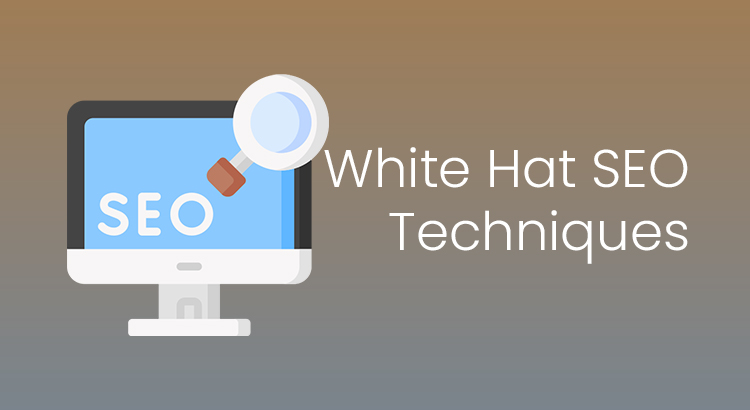White hat SEO techniques focus on ethical and sustainable methods to enhance visibility on search engines. These SEO strategies prioritize user experience and align with search engine guidelines. They help build long-term credibility, improve search presence, and avoid penalties.
This article covers proven white hat methods to boost your site’s position in search results effectively.
Top 10 White Hat SEO Techniques
Here are ten trusted white hat site optimization methods that can genuinely improve how your website performs in search results.
1. Create Content That Actually Helps
One of the most effective ways to strengthen your online presence is by producing content that answers real questions and solves genuine problems. Instead of writing generic blog posts, focus on unique insights, in-depth guides, and original research. Tools like Google’s “People Also Ask” and Reddit can help you understand what your audience is truly interested in. The goal is to make your pages so useful that others want to share or reference them naturally.
2. Match Your Pages to What People Are Looking For
If your page shows up for a search but doesn’t meet the visitor’s expectations, it’s not going to perform well. That’s why it’s important to understand search intent. Whether someone is looking to learn, compare options, or make a purchase, your content should reflect that goal. For instance, a product page should be direct and persuasive, while an educational blog should go deep into explanations without being overly salesy.
3. Make Your Site Load Fast
No one likes a slow website, and search engines don’t either. A few extra seconds of load time can mean lost visitors and lower engagement. Optimizing image sizes, limiting unnecessary scripts, and using caching tools can make a significant difference. Testing with platforms like GTmetrix or PageSpeed Insights gives a clear picture of what’s slowing things down.
4. Think Mobile-First, Not Mobile-Friendly
Most people now browse on their phones, so your site needs to feel natural on smaller screens. It’s not just about shrinking things to fit—it’s about making sure buttons are easy to tap, text is readable without zooming, and layouts don’t break. Responsive design isn’t optional anymore. Test your site across devices regularly to catch issues before your users do.
5. Speak the Search Engine’s Language
Structured data, or schema markup, helps search engines understand the context of your content. It’s like adding labels to your pages that say “this is a review” or “this is a recipe.” While it doesn’t directly boost rankings, it can improve how your pages appear in results with rich features like star ratings or event details, which can lead to more clicks. JSON-LD is the recommended format, and Google’s Rich Results Test can help you get started.
6. Earn Links, Don’t Just Build Them
Getting other sites to link to yours remains one of the strongest signals of trust. But in white hat site optimization, the focus is on earning those links naturally. Publishing something original or insightful—like an industry survey, infographic, or how-to guide—makes it easier to reach out and ask for a mention. Backlinks from relevant, trusted sources carry far more weight than any shortcut.
7. Clean Up the Back End
You can’t fix what you can’t see, which is why regular technical checkups are essential. Crawl errors, broken links, and slow-loading scripts can all hold your site back. Even duplicate title tags or missing alt text on images can chip away at performance. A tool like Screaming Frog or Ahrefs can highlight hidden issues so you can address them before they hurt your visibility.
8. Write Titles and Descriptions That Earn Clicks
Meta titles and descriptions might seem small, but they can impact how often people choose your page over another in search results. A good title tells people what to expect, and a well-crafted description can nudge them to click. Avoid stuffing in too many keywords—instead, aim for clarity, relevance, and a little curiosity.
9. Connect Your Content
Internal linking not only helps search engines discover your content, but also keeps visitors engaged longer. Linking between related articles, service pages, or categories makes navigation easier and improves site structure. Think of it as building a path that leads visitors deeper into your site, rather than leaving them at a dead end after one page.
10. Design for Humans First
User experience often decides whether someone stays or leaves. A clean layout, fast load time, clear navigation, and easy-to-read text all contribute to how people feel about your site. If your design makes people work too hard, they’ll bounce—and that sends a clear signal to search engines. Always test your site with real users, not just tools.
Summary
Effective white hat SEO tactics involves building trust with both users and search engines. By focusing on ethical website ranking methods such as quality content, mobile responsiveness, and strong user experience, you position your site for sustainable growth. Avoid shortcuts and rely on consistent, value-driven improvements to achieve long-term success.


